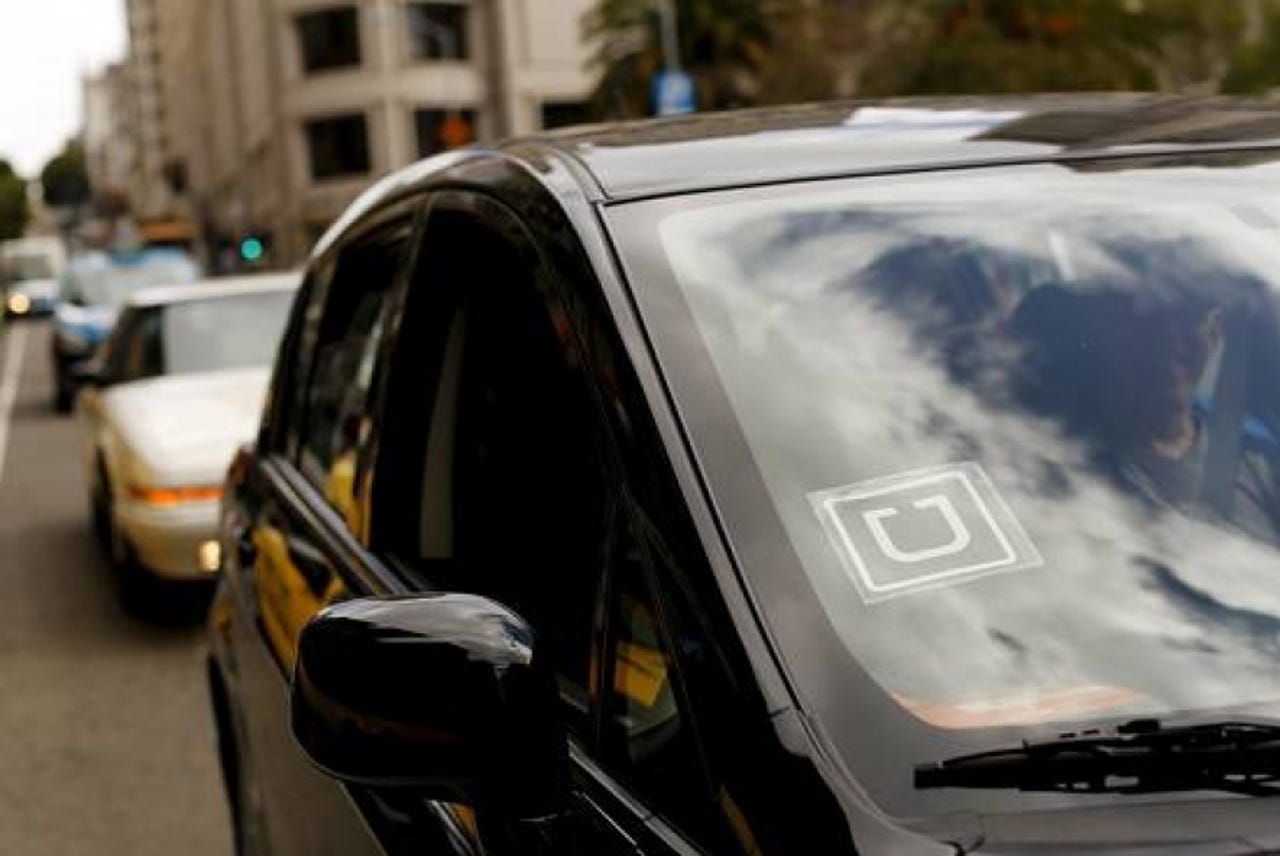Uber taps smartphone sensors to track speeding, weed out false reviews


Uber's pilot scheme involving smartphone data is designed to help it get to the bottom of disputes between passengers and drivers.
Unlike humans, machines don't lie. So Uber is turning to them to help it tell whether Uber drivers really are driving recklessly.
Uber's system is all about reputation for both passengers and drivers, who are always asked to rate their experience after a ride. Until now, if a passenger was unhappy, say, with an unruly driver, Uber's follow-up has mostly involved talking to both sides.
In place of dealing direct with both parties, the company has been piloting a new system that will involve a new arbiter of truth: data generated by sensors in a smartphone.
"Gyrometers in phones can measure small movements, while GPS and accelerometers show how often a vehicle starts and stops, as well as its overall speed," Uber's chief security officer Joe Sullivan noted today, revealing the pilot.
Read more
Beyond helping Uber get to the bottom of disputes, the system is likely to be more scalable than its existing process of contacting both parties.
The new sensor-derived data will essentially speak on behalf of the passenger. In turn, the data will help Uber maintain the integrity of its reputation system, as well as keep drivers happy while not offending passengers with accusations of false reporting.
"If a rider complains that a driver accelerated too fast and braked too hard, we can review that trip using data. If the feedback is accurate, then we can get in touch with the driver. And if it's not, we could use the information to make sure a driver's rating isn't affected," Sullivan continued.
Another way the company plans to use gyrometer data is to tell whether drivers are moving their phones around while driving. In those instances, Sullivan says Uber could offer drivers a mount to address the issue.
It can also compare average speeds and travel times between two locations, to identify and warn drivers who go much faster on a particular stretch.
Separately, Uber is trialling a new approach to tackle driver distractions by placing Bop It toys in the back of some cars in North Carolina.
"Folks there have found it's a great way to keep drunk riders entertained so they don't distract their driver," Sullivan said.